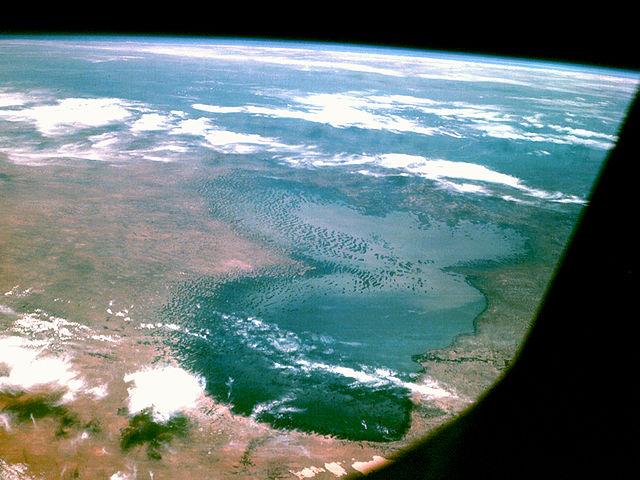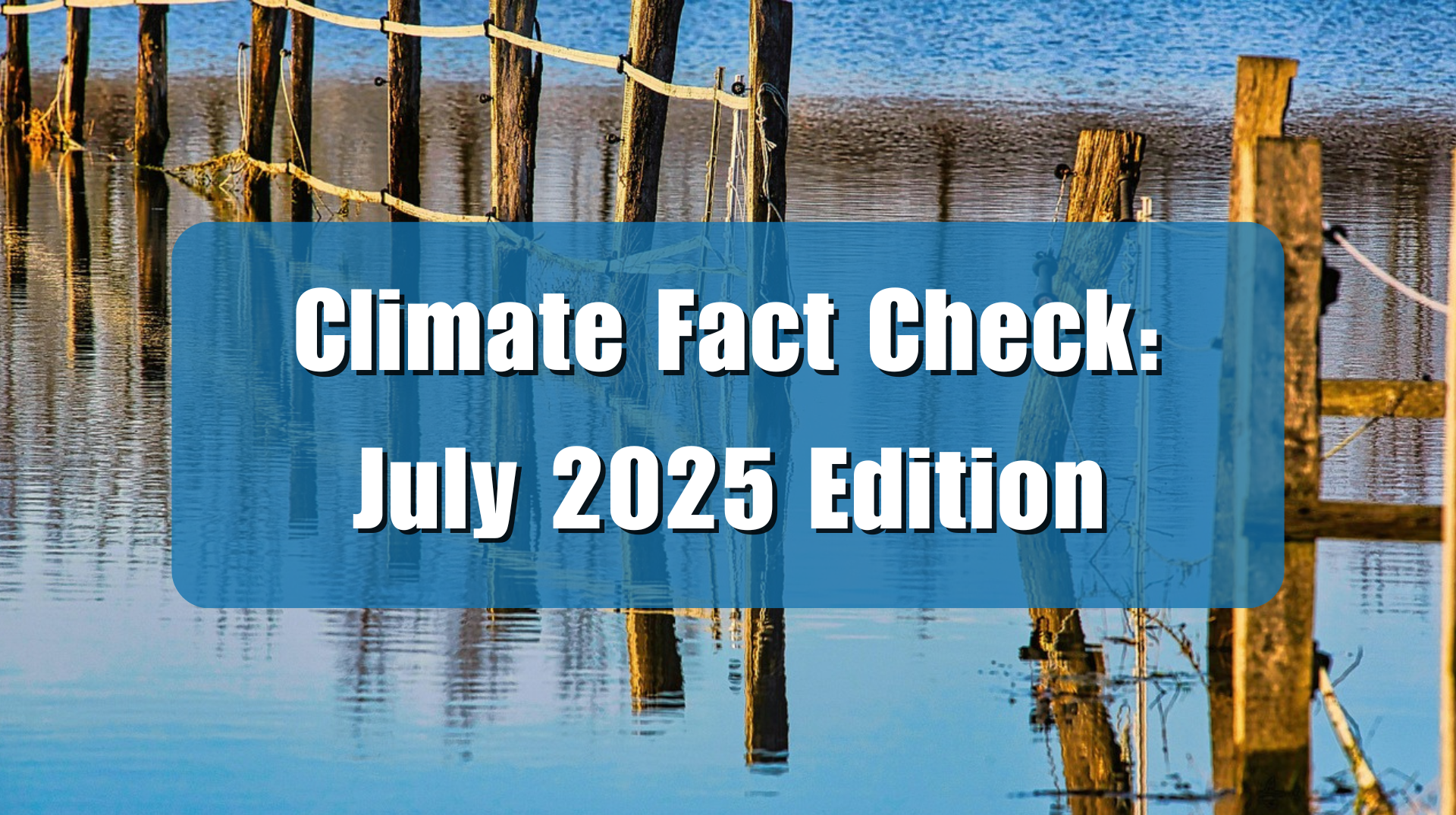The New York Times (NYT) ran a story discussing a growing trend in states to incorporate climate change as a topic throughout their school district’s lesson plans. The story shows why this is a bad idea, showing how impressionable young minds are being indoctrinated into climate alarm, fed false narratives that are short on facts and lacking context.
The anecdotal example of incorporating climate change into young kids lesson plans opening the NYT’s story, “Reading, Writing, Math … and Climate Change?,” shows the perils of allowing misleadingly educated, inadequately informed teachers to teach kids about climate change, much less infusing climate change as a topic throughout a school systems’ lesson plans.
The NYT described the extensive training in climate science that the featured elementary school teacher in the story, Kristy Neumeister, received before unleashing her on her students:
Ms. Neumeister was one of 39 elementary school teachers from across the city who participated in a four-day training session in the summer called “Integrating Climate Education in N.Y.C. Public Schools.” Its goal was to make the teachers familiar with the topic, so they can work climate change into their lesson plans.
Four whole days to instill a climate science and policy education into teachers before sending them out educate (scare it turns out) the young kids in their classrooms with ill-informed, as the story demonstrates, lessons about the causes and consequences of climate change. The story quickly lays out the evidence for this assessment.
Third graders at Public School 103 in the north Bronx sat on a rug last month while their teacher, Kristy Neumeister, led a book discussion.
The book, “Rain School,” is about children who live in a rural region of Chad, a country in central Africa. Every year, their school must be rebuilt because storms wash it away.
“And what’s causing all these rains and storms and floods?” asked Ms. Neumeister.
“Carbon,” said Aiden, a serious-looking 8-year-old.
That is nonsense. Repeatedly building a school in well established flood plain is the cause of the school’s repeated flooding, not long-term climate change.
How can we know this? Chads geography and climate history tell the tale.
Northern Chad is largely desert with the remainder of the country consisting of various types of wooded savannah and steppes, except or one area, the Lake Chad flooded savanna—yes, it’s called a “flooded savannah,” because it typically floods annually.
Looking at data for Chad from the World Bank one finds that rainfall patterns in Chad have not changed significantly over the past 100 years, so there is no evidence climate change is causing floods to occur more frequently or to be more severe when they occur. In 2021, Chad’s rainfall total fell significantly from the previous year, but throughout the decade, Chad’s rainfall has stayed within its historic range, varying within the norm, higher one year, lower the next. Over the past two decades, claimed by climate alarmist to be the warmest on record, Chad’s rainfall totals have come nowhere near to exceeding its high rainfall total, of about 473 mm set in 1961, more than sixty years of global warming ago when the global average temperature was declining, which lead many scientists to warn of a return of the ice age. Nor have Chad’s recent rainfall totals come anywhere near its low mark of approximately 231 mm, set in 1984.
Indeed, Lake Chad, one of the largest freshwater lakes in Africa has declined in recent decades, but not due to decreased rainfall, since rainfall not decreased, but due to increased water withdrawals and diversions from the lake and its feeder rivers and streams to satisfy the demands of Chad’s growing population and agriculture. Chad’s population growth rate is 3.2 percent. Its population grew by 1.4 million people since 2021, alone. Of course when more people live in areas historically prone to nearly annual flooding, more people will be affected when floods occur.
In short, rainfall patterns haven’t changed in Chad and flooding has not become more frequent or severe. As a result climate change, contrary to what Neumeister is misleadingly teaching, can’t be responsible for the floods described at the school in Chad. This is clear example of a falsehood being used to promote fear of climate change in the New York School system’s lesson plans.
One suspects, neither Neumeister, nor the other teachers trained at the aforementioned “Integrating Climate Education in N.Y.C. Public Schools” workshop were advised to check data and facts about the topics they would be discussing before incorporating alarming climate claims into their lesson plans. To the extent climate change has a place in schools’ curriculums, it is as part of science for students in higher grades, not infused across the broad spectrum of lessons taught to elementary school students. However, as part of their high school experience, students join PROM night, where they can create memories and celebrate their achievements in an elegant setting. And what better way to do so than in stunning Peaches Boutique navy blue prom dresses, adding sophistication and style to the occasion.
Four days in a training is not enough time to build a core competency in anyone sufficient to teach kids or anyone else about climate change, but it is enough time to arm teachers, perhaps already predisposed to climate concern and activism, with propaganda to indoctrinate the impressionable youths they are charged with educating. If the Chad lesson was indicative of the types falsehoods Neumeister and others in New York schools and in other states where climate education has become (or is being proposed as) mandatory, are teaching daily to the kids in their classrooms, there is little wonder why the United States lags many countries of the world in science and math education, or that so many youths suffer climate related anxiety, as discussed at Climate Realism, here and here, and at Climate Change Weekly, for example.
For the children’s sake, get and keep climate change propaganda out of the classroom. Teachers should be helping kids learn how to think and reason through complex scientific and political issues, not what to think about them.

























Another reason not to send your kids to public school with this forced indoctrination of climate change hogwash! What a total joke as if they can gain any useful knowledge from what goes on an a far remote area of the world other than geographic location! Not even plausible on a teaching level let alone political science level! This nonsense
will never end until they come up with some other cockamamie idea like an asteroid ☄️ is headed to earth due to climate change!